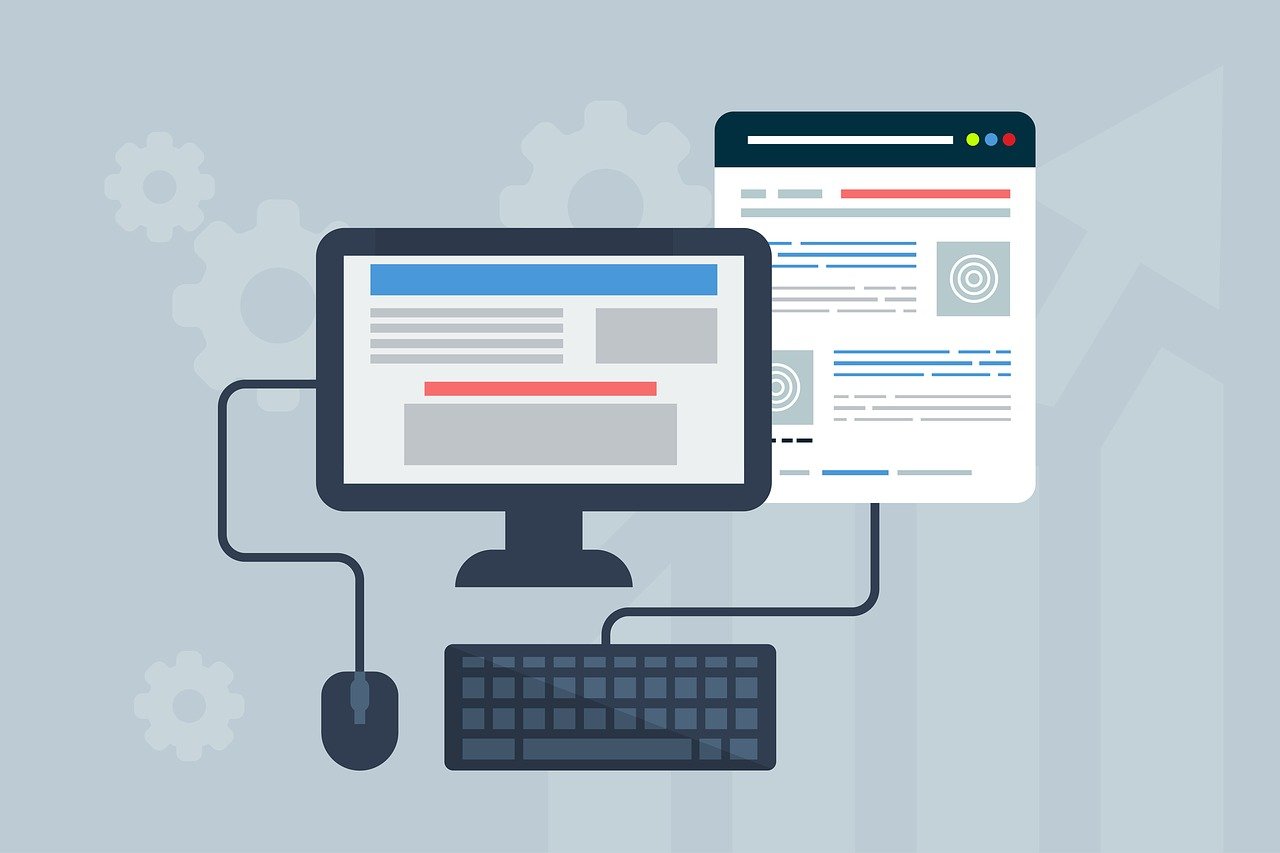Introduction
In today’s connected world, cybersecurity is one of the most important concerns for individuals and businesses.
With data breaches, hacking, and online scams on the rise, protecting information has become a top priority.
Let’s explore the most common cybersecurity threats and how to stay safe from them.
1. What Is Cybersecurity?
Cybersecurity is the practice of protecting systems, networks, and data from digital attacks.
These attacks often aim to:
- Steal sensitive information
- Disrupt operations
- Damage reputations
Strong cybersecurity ensures privacy, trust, and business continuity.
2. Common Cybersecurity Threats
a. Phishing Attacks
Hackers send fake emails or messages to trick users into revealing personal data or passwords.
✅ Prevention: Always verify the sender and avoid clicking unknown links.
b. Malware
Malicious software like viruses, trojans, and ransomware infect devices to steal or damage data.
✅ Prevention: Use trusted antivirus software and keep your system updated.
c. Ransomware
Cybercriminals lock users out of their systems and demand payment to restore access.
✅ Prevention: Regularly back up your data to avoid losing access.
d. Data Breaches
Unauthorized access to sensitive information such as credit card or login details.
✅ Prevention: Use strong, unique passwords and enable two-factor authentication.
e. DDoS Attacks
Distributed Denial-of-Service attacks overwhelm a server with traffic, causing websites to crash.
✅ Prevention: Use firewalls and load balancers to manage traffic flow.
3. Importance of Cybersecurity for Businesses
Businesses handle large amounts of customer data.
A single cyberattack can cause:
- Financial losses
- Legal problems
- Damage to reputation
Investing in cybersecurity ensures long-term stability and customer trust.
4. Best Practices to Stay Safe Online
- Keep software and operating systems up to date
- Use strong passwords and a password manager
- Enable two-factor authentication (2FA)
- Avoid public Wi-Fi for sensitive tasks
- Educate employees about online risks
Good habits are the first line of defense against cyber threats.

5. The Future of Cybersecurity
As technology advances, so do cybercriminals.
Future cybersecurity will rely on:
- Artificial Intelligence (AI) for threat detection
- Blockchain for data security
- Zero-trust architecture for system protection
These innovations will make digital environments more secure and resilient.
Conclusion
Cybersecurity is essential in protecting both personal and business information.
By understanding common threats and following preventive measures, we can stay safe in the digital world.
In an age where data is power, investing in cybersecurity means investing in trust, safety, and peace of mind.










